Affiliate links on Android Authority may earn us a commission. Learn more.
Anatomy of a smartphone launch
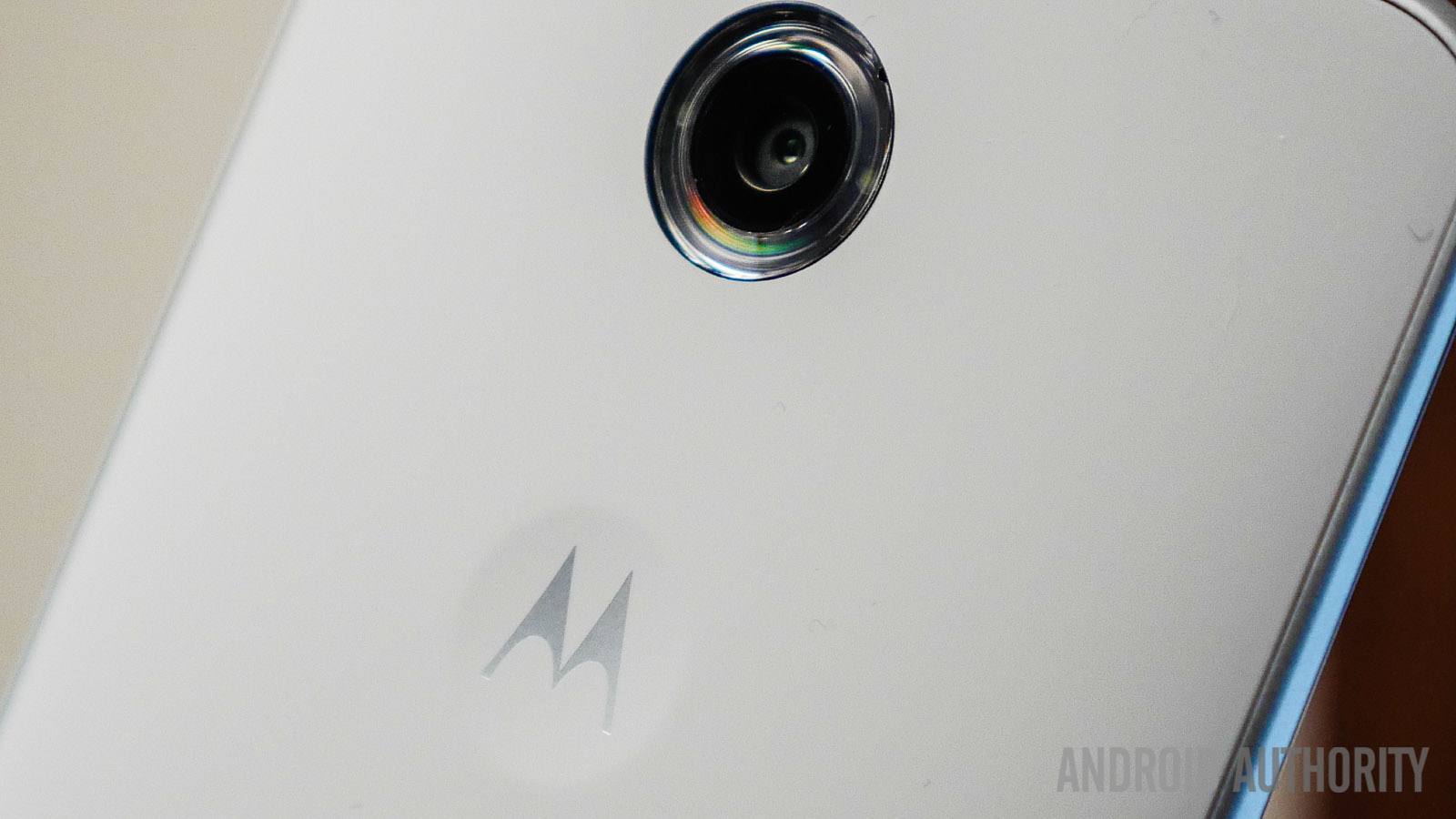
It takes a great deal of time and effort to develop a new smartphone and elements of any device can become public knowledge at any stage of the process. That’s why we’ll sometimes hear about a sexy new device months in advance.
Sometimes the veil of secrecy is maintained until the launch event; though the actual release date can still be months away. Occasionally a new smartphone manages to fly under the radar and hit the market within mere weeks or even days of us hearing about it, but that’s pretty rare.
In this article we’re going to delve into the process and take a look at the various stages when we tend to hear about a new smartphone. Some are deliberate attempts by the OEM or carrier to build hype, some are part of the certification process that every phone must go through, and others are leaks with varied motivations.
Coming up with a concept
The majority of smartphones take more than a year to go from concept to market and often a lot longer than that. They may change beyond all recognition during the process, but from the moment an original concept is put down on paper there’s a chance that the public will come to hear about it.
As a smartphone approaches the actual release date the chances of it being spotted rise dramatically and there comes a point when the OEM or carrier is deliberately trying to drum up interest and hype, but we’ll get to that later.

If an OEM comes up with its own concept and begins development then the initial chances of keeping it under wraps are pretty good. As soon as you start to add players the risk of exposure goes up. Maybe an OEM is developing a device for another company. Maybe the phone is a concept application in response to an RFP (request for proposal) from a carrier. The more people know about it the greater the risk.
The rumor mill starts grinding
For successful phone series, like the Galaxy S or the iPhone, we know a new model is coming and we have a good idea when it will land. Speculation is inevitable. People take an educated guess. Just as the brand behind the smartphone is betting on what will be big in a year’s time, so do analysts and tech writers.
Extracting the plausible from the wall of noise is never easy. It’s a sure thing that many of the rumors will prove true, but more of them will turn out to be false. Some roving reporters will research patent applications and talk to industry insiders, but there’s a limit to how much you can find out and wild speculation is more common.
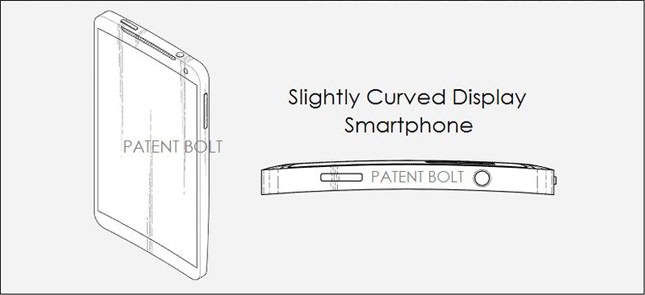
The way rumors are covered and reacted to surely figures in the market research. Everything is possible at this stage because designs and specs will remain pretty fluid for the first few months of development.
Lots of potential leaks
A chain is only as strong as its weakest link and it’s easy for information or even conceptual models to find their way to the internet. Information about orders for specific components can leak from anywhere in the supply chain. People can be careless with mock-ups, or deliberately pass them to outsiders. Details can be overheard, volunteered by insiders, or even stolen.
When it’s impossible for a company to plug all of the leaks, it may resort to a classic espionage technique and spread disinformation. Contributing to false rumors can be a great way to distract people from the truth. Spreading FUD (fear, uncertainty and doubt) about your competitors is another tactic.
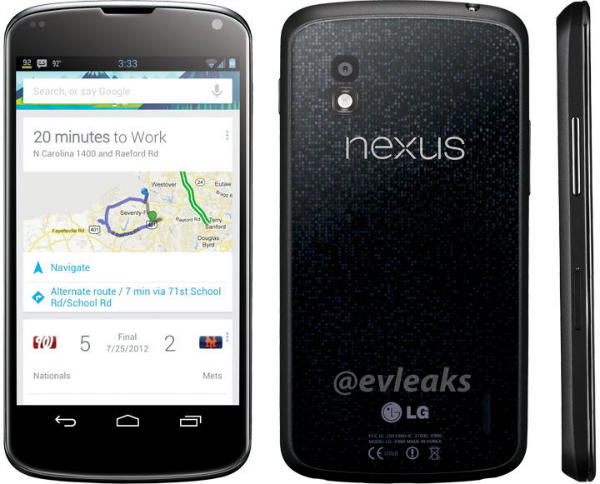
Approaching the final product OEMs have to test it out and part of that involves benchmarking. We’ll often see leaks of Geekbench or Antutu benchmarks. They usually reveal a few details about the hardware and performance, but the phone will be using a codename or alias.
Getting close to the launch date we’ll see often see marketing materials, sometimes leaked by third-parties like accessory manufacturers, retailers, or carriers. They can be quite revealing. Occasionally the timing of these leaks is suspicious enough to make you wonder about how “accidental” they are, such as a couple of hours before a competitor’s launch event.
It has to be certified
This is often the first chance we have of gaining concrete, verifiable knowledge of a new smartphone. Generally OEMs try to leave it as late in the day as possible to go through certification because it confirms the existence of a new smartphone for certain.
There’s Bluetooth SIG (Special Interest Group) which has a qualification program that certifies any device using Bluetooth technology. There’s FCC approval in the US. There’s certification for Wi-Fi and NFC and potentially a bunch of other things.
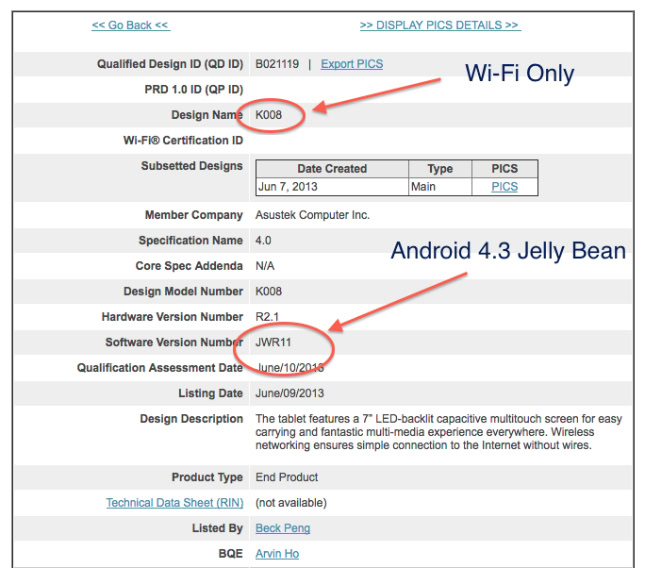
Usually the device will still be using a codename at this point, so certification doesn’t necessarily tell us very much.
Courting the press
The OEMs and the carriers need the press to hype their phones. They also have to produce marketing materials, ensure that accessory manufacturers are onboard, and encourage as much press coverage as possible. Sometimes they’ll give exclusive access to trusted journalists before the launch event. They’ll also draw up an invite list for the launch event and it’s not uncommon for them to pay for flights and accommodation and give away freebies.
There’s obviously a tacit expectation here that coverage will be positive. Whether that sways journalists or not is down to the individual. Some refuse to accept anything that could be interpreted as a bribe and make it clear what they did get in disclaimers. You would imagine the OEMs hedge their bets by inviting people who have given them favorable coverage in the past, but realistically most of them can’t afford to ignore anyone with a big audience.

Vociferous tech fans, who are sometimes a little biased, tend to assume more collusion here than there really is. Tech companies don’t really need to bribe, or make deals with tech journalists, to get positive coverage they just have to make great devices. People don’t generally get into writing about tech to make money; the first motivation is a passion or interest in it.
It’s common for the details to be revealed before the launch to big websites and publications, at least, so they can pre-write articles. This is always done “under embargo”, so there’s a time and date that you aren’t allowed to publish before. It occasionally gets broken by accident or in the pursuit of traffic. Websites that do this are not likely to get the scoop next time around. There are definitely blacklists out there.
Launch event
Some OEMs prefer to use trade shows and specific events to “launch” their wares. Because the timing of big tradeshows like CES, IFA, and CTIA is beyond their command, many OEMs will officially launch a new smartphone months in advance of the actual release date.
Even when big OEMs or carriers hold their own events they often piggyback these tradeshows and hold them just prior to the official show because the press is already gathered. There’s also a lot of jostling for position and if they figure they can steal the headlines by releasing just before a competitor or just after then they’ll do it.
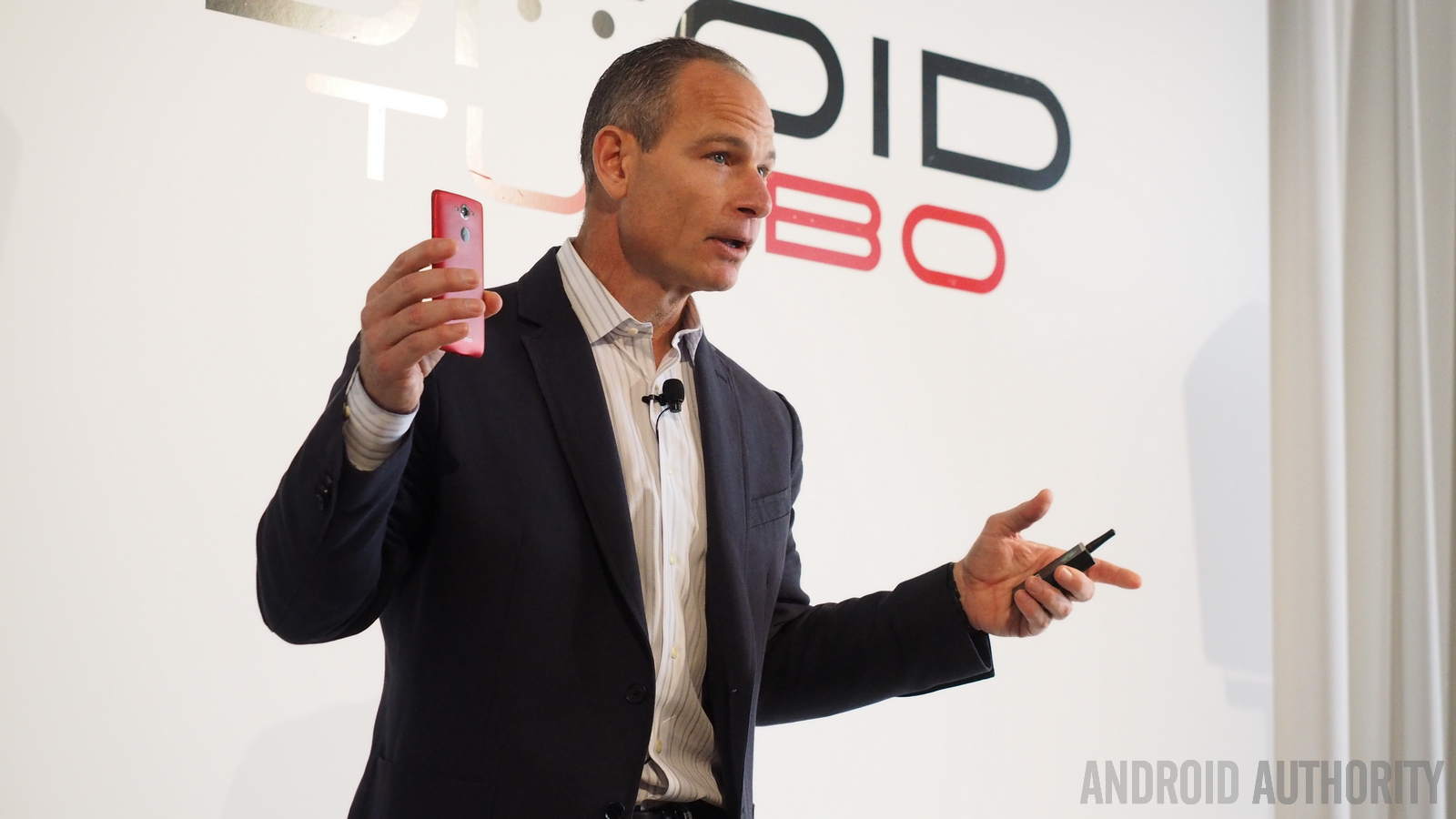
The launch event can reveal every detail of the new smartphone with a complete spec list followed by a hands-on session for journalists and other attendees, or it can be far more limited with a brief glimpse of the device, an abridged list of specs and features, and no hands-on time.
Pre-release peeks
There are always hands-on sessions and pre-release review units sent out. Once again reviews will be embargoed for a specific date. Usually this will be the final unit, but if a reviewer finds a bug it’s pretty common to see the OEM responding that it will be fixed before or shortly after release.

If it’s a hands-on session then demonstrators will guide journalists through the process trying to focus them on the big USPs and quickly gloss over anything that could result in negative coverage.
Pre-orders
It’s testament to the marketing skills of tech companies that they can convince people to pre-order devices. The whole concept is based on the idea that you have to get in now to make sure you can actually get one on release day because there might be a shortage. It’s useful data for OEMs and carriers and it must help them fine tune production runs.

The roll out
After months of rumors and speculation, followed by certification news and leaks, followed by a grand unveiling at a glitzy event, followed by press coverage and marketing, the actual release date arrives. A lot of companies are pretty vague about release dates at the launch, sometimes they just point to a specific quarter and that’s because the phone isn’t finished, hasn’t been fully tested, and they honestly don’t know when it will be ready.
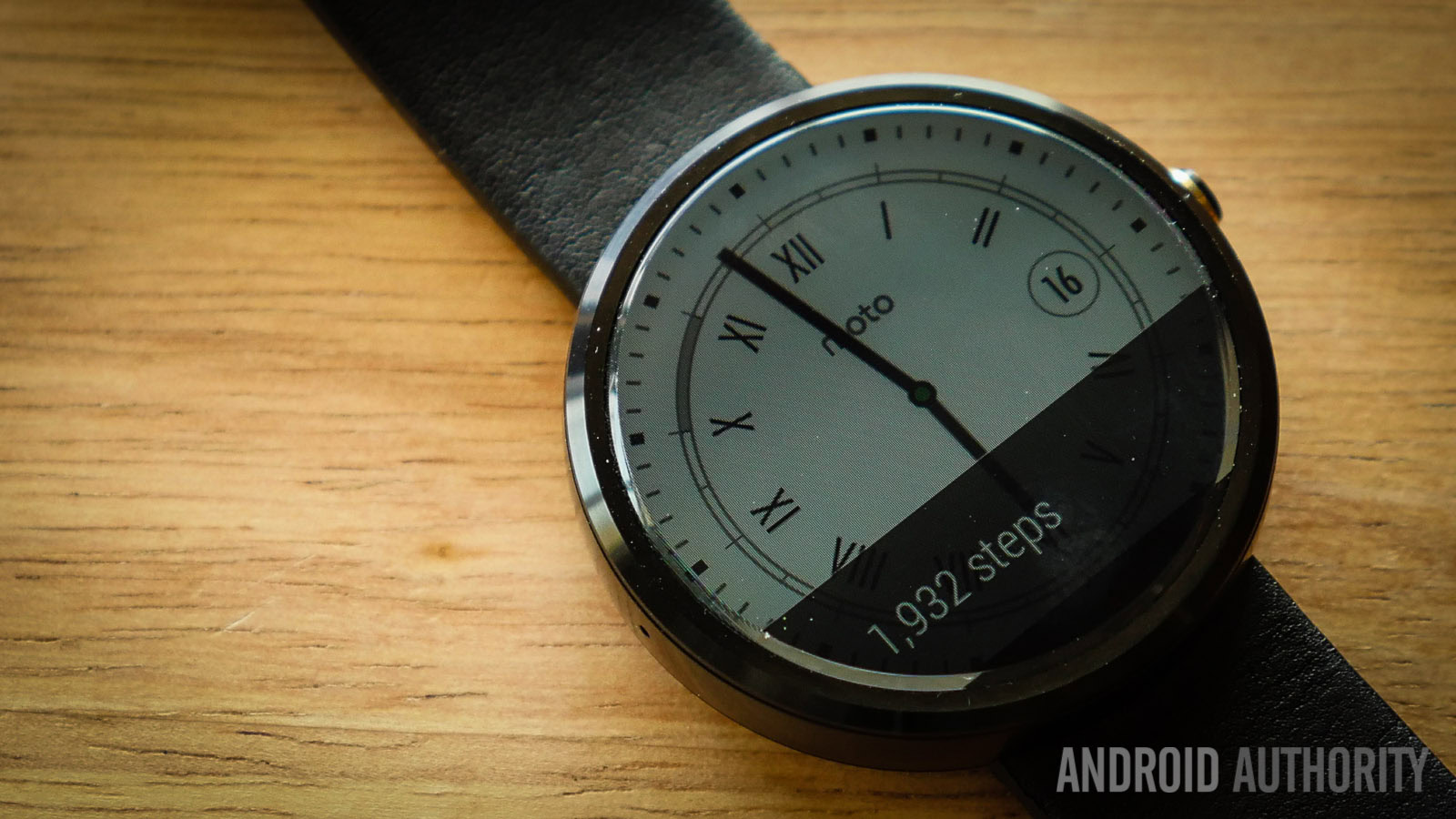
Companies that hold their own standalone launch events tend to have tighter control so they’ll announce concrete dates and prices at the event, even if it is weeks or months away. It will always be released in the main target markets first. Often the OEM expects the strongest showing in its home country, but some devices are purpose built for other markets.
International markets
In the weeks and months after launch the performance of the new device will be analyzed. Sometimes there might be a roadmap for launching in other countries which has already been agreed. But sometimes they’ll wait and see how a device performs before they set a wider release in stone.
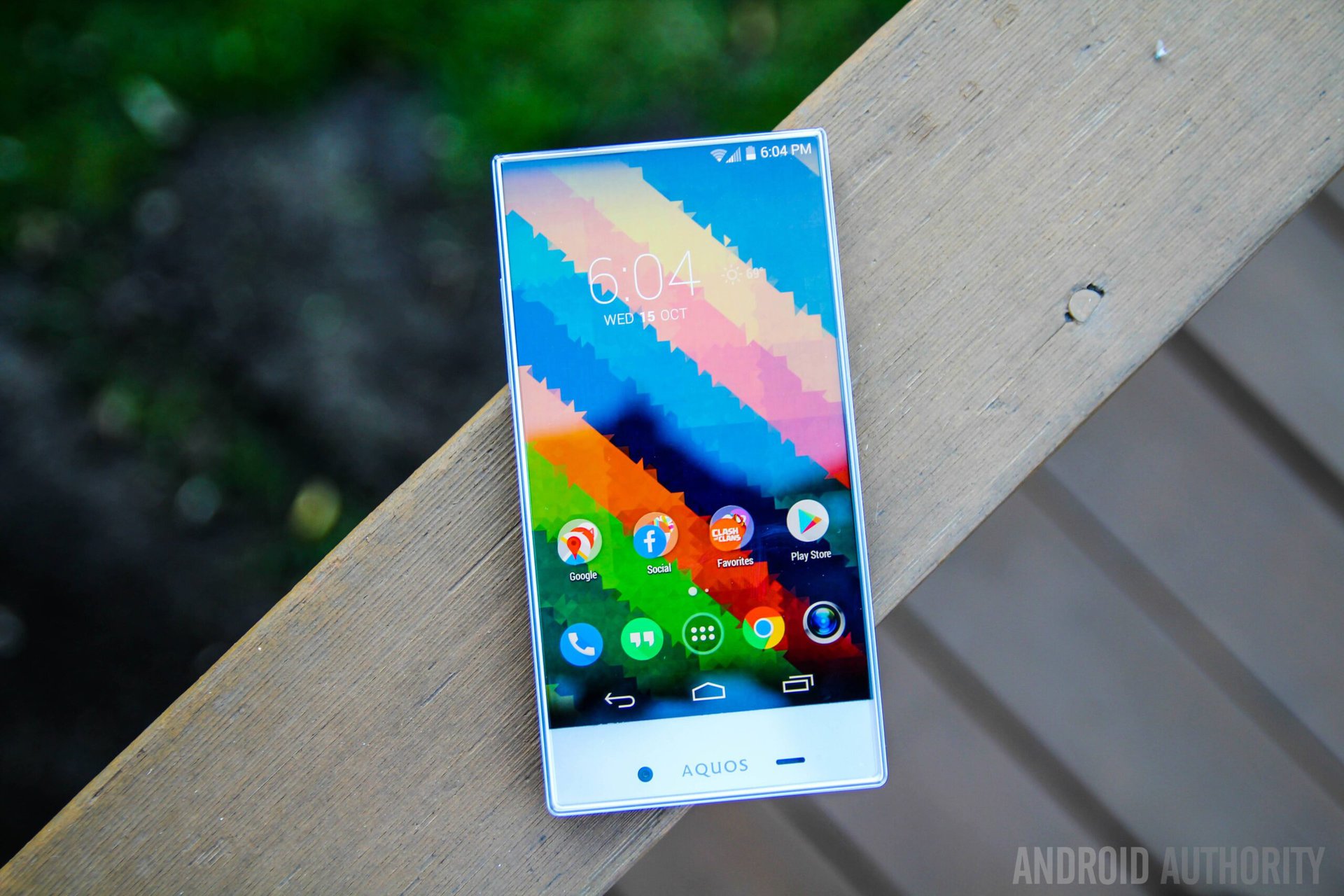
It can be months and months after the official release date before a device makes it to your country. Some will never get a wider release. This isn’t necessarily the manufacturer’s fault, it might be carriers holding things up in testing or setting a release schedule that suits them. It might be done because they want to run an advertising campaign first. It might be done because the device has to be reworked for a different market.
There you have it, a very brief overview of the anatomy of a smartphone launch. The next time some non-techie asks about leaks, launches, pre-order and releases, you can point them here!